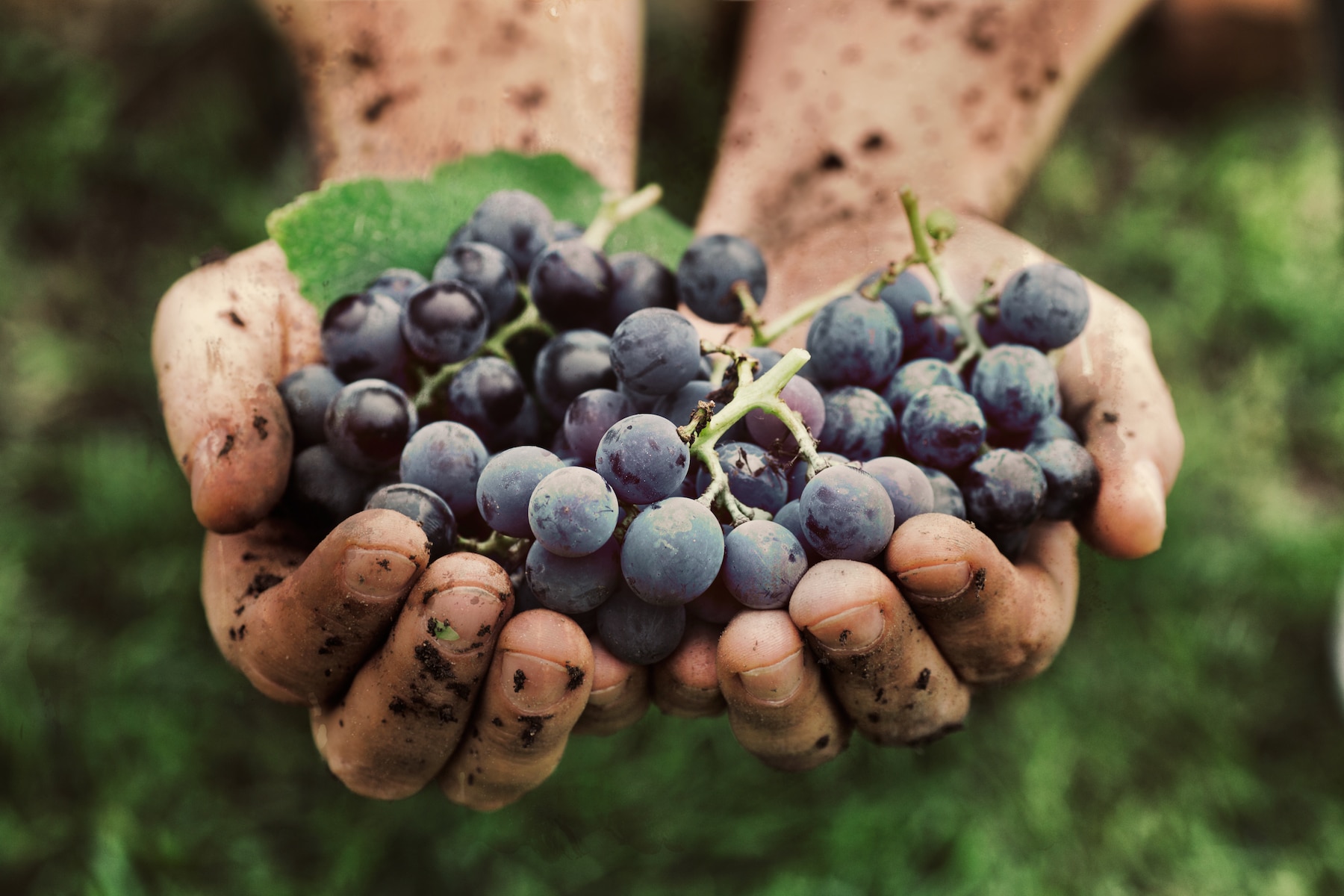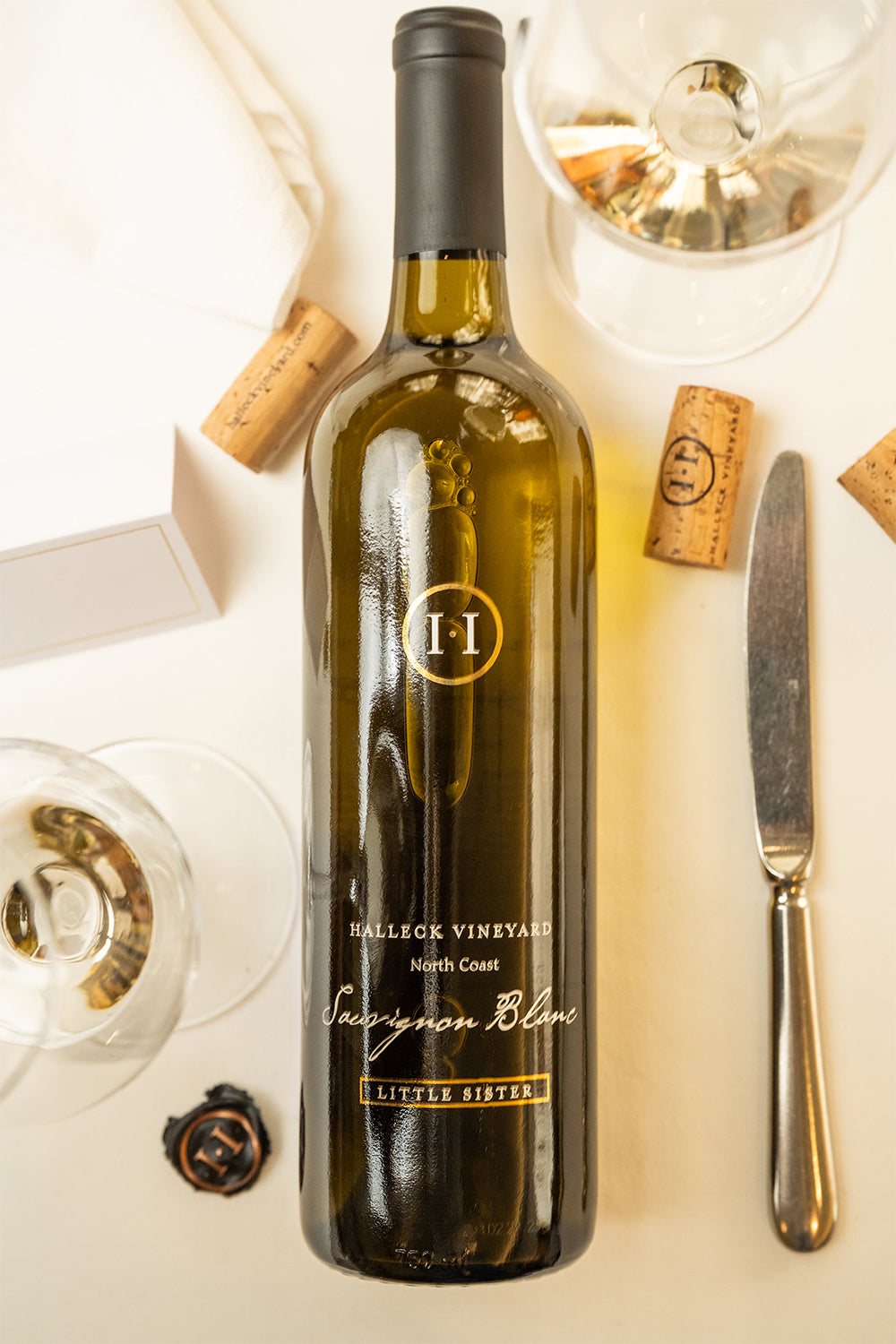Outdoor Dining in Sonoma Wine Country
Outdoor Dining in Sonoma Wine Country
Blog Article
Event Calendar at California Wineries 95407
Understanding the nuanced vocabulary associated with winery wine tasting is important for each novices and seasoned connoisseurs alike. Every term brings to life the experience of tasting wine and can improve one’s appreciation of the various intricacies involved. Wine tasting is more than just ingesting; it's an art that involves numerous senses and feelings.
To begin with, the term "nose" refers to the aromas one detects when smelling the wine. This is a vital step because the bouquet units the stage for the tasting experience. Notes of fruit, spice, earth, and wooden could mingle, providing a glimpse of what the palate may affirm. Understanding "nosing" the wine can dramatically elevate one's sensory journey.
One Other key side is the term "physique." The physique of the wine describes its weight and fullness on the palate. A full-bodied wine has a sturdy presence and tends to linger longer after swallowing. Conversely, light-bodied wines could really feel extra delicate and refreshing. Recognizing the physique helps tasters assess the wine's construction and steadiness.
Indulge in High-Quality Wines from Sebastopol
The concept of "tannins" is significant in pink wine tasting. Tannins are compounds derived from grape skins, seeds, and stems, contributing to a wine's texture and growing older potential. Excessive tannin wines often end in a dry mouthfeel, whereas decrease tannin levels yield a smoother experience. This distinction is especially necessary when pairing wines with food, as tannins can either complement or conflict with sure dishes.
In addition to tannins, "acidity" performs a significant position within the wine tasting experience. Acidity offers wine its crispness and liveliness - Attend Tasting Tours Around Sebastopol. Wines with greater acidity are usually refreshing and energizing, making them glorious companions for a wide selection of meals. Recognizing acidity can drastically improve one’s food-pairing capabilities and total tasting enjoyment.
When delving into the flavor profile of a wine, one could encounter the term "finish." The end refers back to the aftertaste that lingers within the mouth after swallowing. A long finish is usually associated with high-quality wines, as it signifies complexity and depth. A brief finish might suggest an easier wine. Figuring Out the way to evaluate the finish can reveal much about a wine's character.
Exploring the "vintage" is also integral to wine tasting terminology. The vintage denotes the yr in which the grapes had been harvested. Different years can yield vastly totally different outcomes as a end result of variations in climate circumstances. For occasion, a hot summer season can produce extra concentrated flavors, while a cooler yr would possibly yield more delicate, nuanced wines. Understanding vintage permits for a deeper appreciation of a wine’s origin and potential.
Discover the best Vineyards in Sonoma for Outstanding Wine Tasting
The term "terroir" encompasses the geographical and environmental components that contribute to a wine's distinctive character. Factors corresponding to soil type, local weather, elevation, and topography all play a task within the flavor and quality of the wine. This connection to place helps one perceive why wines from different areas can taste so distinctively completely different, even when made from the identical grape variety (Tasting Classes Available at Sebastopol Wineries for Aspiring Enthusiasts).

When participating with wines, the phrase "leg" refers to the droplets that kind on the within of the glass after swirling. These droplets can indicate the wine's look these up alcohol content and viscosity. Whereas observing the legs may not immediately relate to the wine’s taste, it adds to the general experience and intrigue of wine tasting much less transparent.
Relish Patio Wine Tastings in Sonoma
A more specific term that may arise during tastings is "oak." The influence of oak barrels on wine can impart flavors similar to vanilla, toast, or spice. The diploma of oak getting older can range broadly amongst wines, affecting each aroma and style. Understanding oak therapy supplies insights into the winemaker’s selections and the ensuing complexity of the wine.
In wine tasting, one may also hear the term "palate." The palate refers again to the total style experience within the mouth. This encompasses sweetness, bitterness, acidity, and physique. A well-balanced palate is important for a harmonious tasting experience, and recognizing any imbalances helps assess the standard of the wine.
The experience of wine tasting is significantly enriched by understanding the terminology that accompanies it. Each term serves a function, enhancing the flexibility to convey ideas and feelings concerning the wine one's experiencing. This vocabulary bridges communication between tasters, sommeliers, and winemakers alike.
To fully enjoy wine tasting, it's essential to engage all senses. The sight of the wine, its shade, and readability can present perception into its age and quality. Swirling the wine releases aromas that heighten the olfactory experience, whereas the actual tasting allows for a complete analysis of the wine's profile.
Indulge in the Essence of Estate Wines in Sonoma County
In conclusion, understanding the detailed rationalization of winery wine tasting terminology tremendously enhances the experience of tasting. Each term invites the taster to interact more deeply with the wine, encouraging connections to the senses, the winemakers, and the lands the place the grapes are grown. This nuanced vocabulary creates a richer, extra fulfilling wine tasting experience.
- Aroma refers to the scents released by the wine, which may point out its grape variety and influence the tasting experience.
- Tannins are natural compounds present in grape skins, seeds, and stems, contributing to the wine's construction and growing older potential.
- A end, or aftertaste, is the lingering flavor sensation that remains on the palate after swallowing, often a key indicator of quality.
- Physique describes the load and fullness of wine in the mouth, usually categorized as light, medium, or full-bodied.
- Terroir denotes the distinctive environmental traits of a winery that affect the style and high quality of the wine, together with soil kind and local weather.
- Acidity is a important part that contributes to a wine's freshness and steadiness, impacting its getting older functionality and total flavor profile.
- Vintage signifies the 12 months grapes have been harvested and performs a big position in determining the wine's characteristics, reflecting specific climatic conditions.
- Decanting involves pouring wine from its bottle into another vessel, allowing it to aerate and enhancing its flavors and aromas.
- A corked wine may be tainted by a defective cork, resulting in musty or off-putting flavors that detract from the wine's intended profile.
- The term “legs” refers back to the droplets that cling to the inside of a glass after swirling, often associated with the wine's alcohol content material and viscosity.undefinedWhat is the that means of "nostril" in wine tasting?undefinedThe "nostril" refers again to the aroma profile of the wine, which is detected via the sense of odor. It's a vital facet of wine tasting, as aromas can reveal so much in regards to the grape variety, winemaking course of, and growing older.
How ought to I correctly style wine?undefinedTo taste wine effectively, follow these steps: observe the colour, swirl the wine to aerate it, take a mild sniff to capture the aromas, sip and let it coat your palate, and finally, note the finish. This approach helps in appreciating the wine’s complexity.
What are "tannins" and the way do they affect wine?undefinedTannins are natural compounds found in grape skins, seeds, and stems that contribute to a wine's construction and astringency. They can create a drying sensation in the mouth, they usually additionally play a job in the wine's growing older potential.
Your Guide to Wine Tasting in The North Coast

What does the term "balance" imply in wine tasting?undefinedBalance refers again to the harmony between the different parts of a wine, such as acidity, sweetness, alcohol, tannin, and flavor depth. A well-balanced wine will have every of these components supporting one another somewhat than overpowering the others.
What is the significance of "terroir" in wine tasting?undefinedTerroir encompasses the environmental factors—such as soil, local weather, and geography—that influence the traits of the wine produced in a particular area. Understanding terroir helps tasters appreciate the distinctive qualities that completely different regions impart to their wines.
What does "vintage" imply and why is it important?undefined"Vintage" review indicates the yr when the grapes had been harvested. It is essential because it affects the wine’s high quality and characteristics, as climate conditions through the rising season can significantly affect flavor profiles and aromatics.
What are "legs" and what do they signify?undefined"Legs" refer to the droplets that type and run down the within of a glass after swirling wine. While they will point out alcohol content and viscosity, they do not decide quality—this is more about personal notion of richness.
Visit the Secret Treasures of Sebastopol Wineries 95472
What does "full-bodied" imply versus "light-bodied"?undefined"Full-bodied" wines are rich, dense, and infrequently have higher alcohol content material and complicated flavor profiles, while "light-bodied" wines are more delicate and refreshing with a decrease alcohol content. This distinction helps tasters perceive the anticipated weight and mouthfeel of the wine.
How can I identify fruit flavors in wine?undefinedTo establish fruit flavors, think about the aroma and taste profiles. Swirl the wine, inhale deeply to seize the bouquet, and give attention to specific traits. Familiarity with typical fruit profiles of varied grape varieties can improve this identification process.
What is "finish" in wine tasting?undefinedThe "end" refers to the aftertaste that lingers within the mouth after swallowing. A long, advanced finish is commonly a sign of high quality in a wine, as it displays the depth of flavor and general craftsmanship within the winemaking process. Report this page